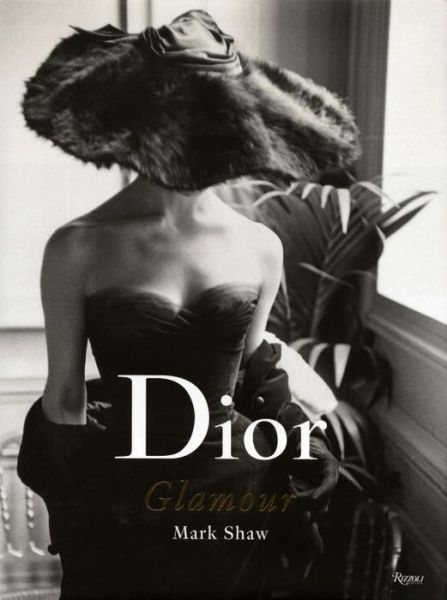Francisco de Zurbarán (1598–1664), Head of a Monk. Black chalk and grey
wash, c. 1635–1655. Courtesy the British Museum
Our View: Goya exhibition a coup for state
Via The Santa Fe New Mexican
New Mexico’s state museums manage, despite tight budgets and many demands, to continually engage their audience.
That’s true for homegrown exhibits such as Cowboys Real and Imagined, now at the New Mexico History Museum, or New World Cuisine: The Histories of Chocolate, Mate y Más, at the Museum of International Folk Art, or Here Now and Always, at the Museum of Indian Arts and Culture. Then there are those inviting traveling exhibits. Who can forget the exquisite, hand-lettered exhibit featuring the St. John’s Bible, treasures from the court of Czar Nicholas or Gee’s Bends quilts, all of which have spent time in New Mexico?
Joining those stellar exhibitions starting Saturday is an exhibit featuring Spanish works —
Renaissance to Goya: prints and drawings from Spain, at
the New Mexico Museum of Art.
New Mexico is fortunate indeed to be the only location in the United States to exhibit this collection of drawings and prints — created at the British Museum and seen in Spain and Australia. Its chief attraction, naturally, is the opportunity to see work by the master Francisco de Goya. An Australian reviewer wrote, “Renaissance To Goya is stunning, packing that unique graphic punch across themes of religion, daily life, myth and — in the case of Goya — social commentary and insanity.” Museum director Mary Kershaw is to be congratulated for bringing the exhibition to Santa Fe. It’s an opportunity not just to see great works on paper, but to revisit what had been a settled question in art and discover new answers.
For whatever reason, the Spanish were not considered to excel at drawing in comparison with Flemish and Italian masters. This exhibition, gathering a range of drawings and prints from all across Spain from 1662 until the death of Goya in 1828, shows masters at work, presenting a rich body of pieces that encompasses religion and changing Spanish society. Many of these works haven’t been displayed — the British Museum is so rich in collections that exhibition curator Mark McDonald pulled these from the vaults. The previous view by some, that Spanish artists excelled more in color and painting, but not drawing, can be set aside.
In The Independent newspaper, reviewer Michael Glover had an interesting reaction, writing: “We go through it dutifully, glazed cabinet by glazed cabinet … And then, at a certain point, something marvellous happens. The year is 1762. The Tiepolos, father Giambattista and his two sons Domenico and Lorenzo, have just arrived in Madrid from Venice. The sheer brilliance of their etchings takes Spain by storm. … Then, alongside the brilliance of the Tiepolos, come other great practitioners — it all seems to happen in the last third of the show, after we have almost been lulled asleep — Ribera, Zurbaran and, greatest of all, selections from various suites of etchings by Goya, who is so wild and untrammelled and no-holds-barred emotionally that it is sometimes quite difficult to look without wincing.”
Until March, New Mexicans and other visitors (we trust both the city and the state are promoting the exhibition to travelers) will have the chance to gaze upon a Goya, and wince for themselves.
For New Mexicans, to see work made in Spain is particularly relevant. By 1662, when the exhibit opens, the settlers who had left Spain for Mexico and then traveled north to what is now New Mexico, had begun to put down roots in this new land. These great works are made by the contemporaries of the colonists; the beginnings of our own Spanish Colonial art tradition are linked to those artists of the mother country. This exhibition, in other words, will show New Mexicans more about their own origins, making it an even more essential offering. It is not to be missed.
Renaissance to Goya: prints and drawings from Spain
December 14, 2013 – March 9, 2014
New Mexico Museum of Art
More information and contact





